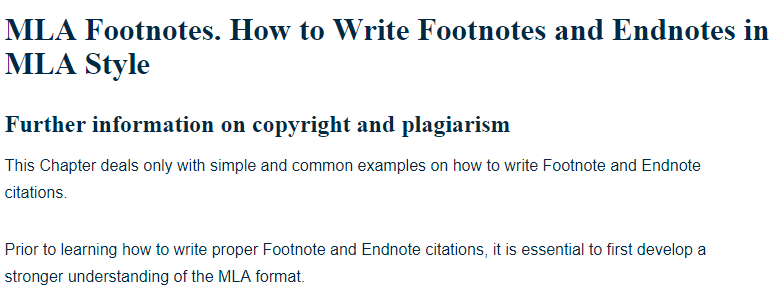
While they demonstrate that a citation is being made, they should not be treated as a substitute for quotation marks when an author’s words are being presented exactly. They let the reader know when the author is using information or words that are not their own. Typically, they come at the end of the sentence that contains the cited material. Parenthetical Citations are used directly following the quote or cited material written in the document. They usually contain the cited works author’s name, and an additional piece of information that further describes the source, usually the publication date of the source or the page number where the cited material can be located within the source. Parenthetical Citations are citation tools commonly used in APA and format MLA format. Bibliography Entry Example:įitzgerald, F. Scott Fitzgerald, This Side of Paradise (New York: Scribner, 1920), 25.

Footnote and endnote citations in word manual#
For instance, when citing a whole book in Chicago Manual of Style, the page number of the cited information is contained in the footnote, whereas this localized information is omitted from that source’s entry in the bibliography. Depending on the citation style, the footnote/endnote entry provides more specific location information than the entry in the bibliography. Chicago format almost always has footnotes or endnotes.īoth footnotes and endnotes tend to be supplemented by a bibliography or works cited page, which displays the complete citation of each source the writer cited in each footnote and endnote throughout their paper. MLA format can have footnotes and/or endnotes, but more commonly uses parenthetical citations and work cited.

They each also typically use a different numbering system, which allows the reader to determine where they should look for the additional information (either in the footer of the page, or at the end of the document).ĪPA format only uses parenthetical citations/reference list. Footnotes are used as a citation vehicle for a short citation, while endnotes can contain more text without compromising the format of the paper. While the content in footnotes and endnotes can look the same, they serve different functions. in the footer) and endnotes are located at the end of a complete document, or sometimes at the end of a chapter or section. Footnotes are found at the bottom of a page (i.e. The most obvious difference between footnotes and endnotes is the placement of each within a paper. Though the terms are sometimes used interchangeably, footnotes and endnotes have a few key differences. They provide writers with a clear method in directing the reader to further information on the research topic and additional citations. The information in the text body is marked with a superscript number 1 (raised number), and the corresponding source citation and note is at the bottom (or the foot) of the page the superscript appears on.īoth footnotes and endnotes are common writing tool features implemented when using various citation styles. Here’s a run-through of everything this page includes:Ī footnote is a type of in-text citation.
Footnote and endnote citations in word full#
Your instructor may also ask you to create an annotated bibliography where you also include a short paragraph summarizing and evaluating each source along with its full reference.

No matter which of these types of in-text citations you use, you will need to include a works cited list or bibliography at the end of your paper that includes the full references for your sources. Three of the terms that sometimes get mixed up are footnotes, endnotes, and parenthetical citations. There is a lot of terminology when it comes to citations and giving proper credit to sources.


 0 kommentar(er)
0 kommentar(er)
